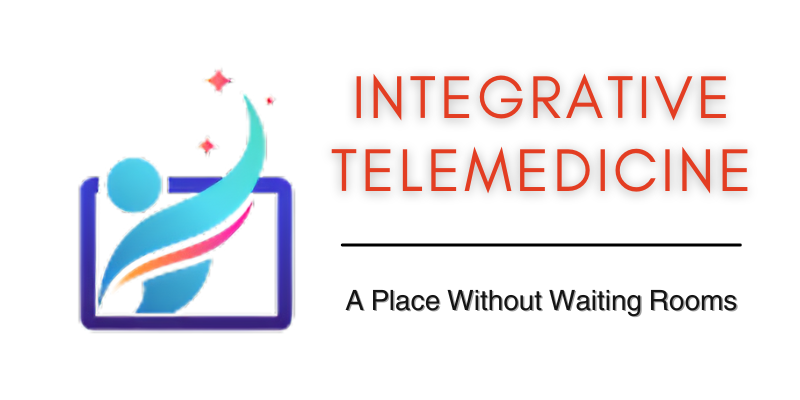
How Does Telemedicine Impact the Doctor-Patient Relationship?
The rise of telemedicine has revolutionized the healthcare landscape, offering unprecedented access and convenience to both doctors and patients. But how does this digital transformation affect the traditional doctor-patient relationship? This comprehensive article delves into the multifaceted impacts of telemedicine, highlighting both its benefits and challenges.
The Evolution of Telemedicine
Telemedicine has evolved significantly over the past few decades. Initially, it was a tool for reaching patients in remote areas, but today, it encompasses a wide range of services including virtual consultations, remote monitoring, and mobile health apps. This evolution has been driven by advancements in technology and the increasing demand for accessible healthcare.
Enhancing Access to Healthcare
Breaking Down Geographical Barriers
One of the most significant benefits of telemedicine is its ability to break down geographical barriers. Patients in rural or underserved areas can now access specialists and receive high-quality care without the need to travel long distances. This not only saves time and money but also ensures that patients receive timely medical attention.
Flexible Scheduling
Telemedicine offers flexible scheduling options that accommodate the busy lives of both patients and doctors. Virtual appointments can be scheduled outside of traditional office hours, making it easier for patients to seek medical advice without disrupting their daily routines.
Improving Patient Engagement and Satisfaction
Personalized Care
Through telemedicine, doctors can provide more personalized care by using patient data and health records stored electronically. This allows for a more tailored approach to treatment, as doctors can easily access and review a patient’s medical history during consultations.
Convenience and Comfort
Patients often find virtual consultations more convenient and less intimidating than in-person visits. They can communicate with their doctors from the comfort of their homes, which can lead to higher levels of patient satisfaction and a stronger doctor-patient relationship.
Challenges in Telemedicine
Technological Barriers
Despite its many benefits, telemedicine also faces several challenges. Technological barriers such as limited internet access, especially in rural areas, can hinder the effectiveness of telemedicine services. Additionally, not all patients are tech-savvy, which can create difficulties in navigating telehealth platforms.
Maintaining Quality of Care
Maintaining the quality of care in a virtual setting can be challenging. Physical examinations are limited, and doctors must rely heavily on patient-reported symptoms and observations. This can sometimes lead to misdiagnosis or delayed treatments.
Trust and Communication in Telemedicine
Building Trust Virtually
Building and maintaining trust in a virtual environment requires effort from both doctors and patients. Doctors must establish clear communication, actively listen, and ensure that patients feel heard and understood. Visual cues, such as maintaining eye contact through the camera, can help in building a stronger connection.
Effective Communication Strategies
Effective communication is crucial in telemedicine. Doctors should use clear and concise language, avoid medical jargon, and ensure that patients fully understand their diagnoses and treatment plans. Providing written summaries of consultations can also be beneficial.
The Role of Telemedicine in Chronic Disease Management
Continuous Monitoring
Telemedicine plays a vital role in the management of chronic diseases. Continuous monitoring through wearable devices and remote patient monitoring systems allows doctors to track patients’ health in real-time. This leads to more proactive and preventive care.
Patient Education and Empowerment
Telemedicine platforms often include resources for patient education, helping individuals manage their conditions more effectively. Empowered patients who understand their health conditions are more likely to adhere to treatment plans and engage in healthier behaviors.
The Future of Telemedicine
Integration with AI and Big Data
The future of telemedicine is closely linked with advancements in AI and big data. AI can assist in diagnosing conditions, predicting patient outcomes, and personalizing treatment plans. Big data analytics can help identify trends and improve population health management.
Expanding Telehealth Services
As telemedicine continues to grow, we can expect an expansion of telehealth services. This includes mental health services, physical therapy, and even tele-surgery. The integration of virtual reality and augmented reality could further enhance the telemedicine experience.
Telemedicine has profoundly impacted the doctor-patient relationship by enhancing access, improving patient engagement, and offering more personalized care. However, it also presents challenges that need to be addressed to maintain the quality of care and build trust in virtual environments. As technology continues to evolve, the potential for telemedicine to transform healthcare is immense, promising a future where healthcare is more accessible and patient-centered than ever before.
Embracing telemedicine is not just an innovative approach but a necessary step towards achieving a healthy work-life balance. Our physicians will perform a comprehensive evaluation of your condition in order to determine which treatment might be best for you. They will explain your options so that you can make a decision you’re most comfortable with.
If you have any questions or would like to schedule a consultation, call our friendly staff today at (520) 396-4866 or fill out our online request form. We look forward to being your healthcare partner.
Leave a reply